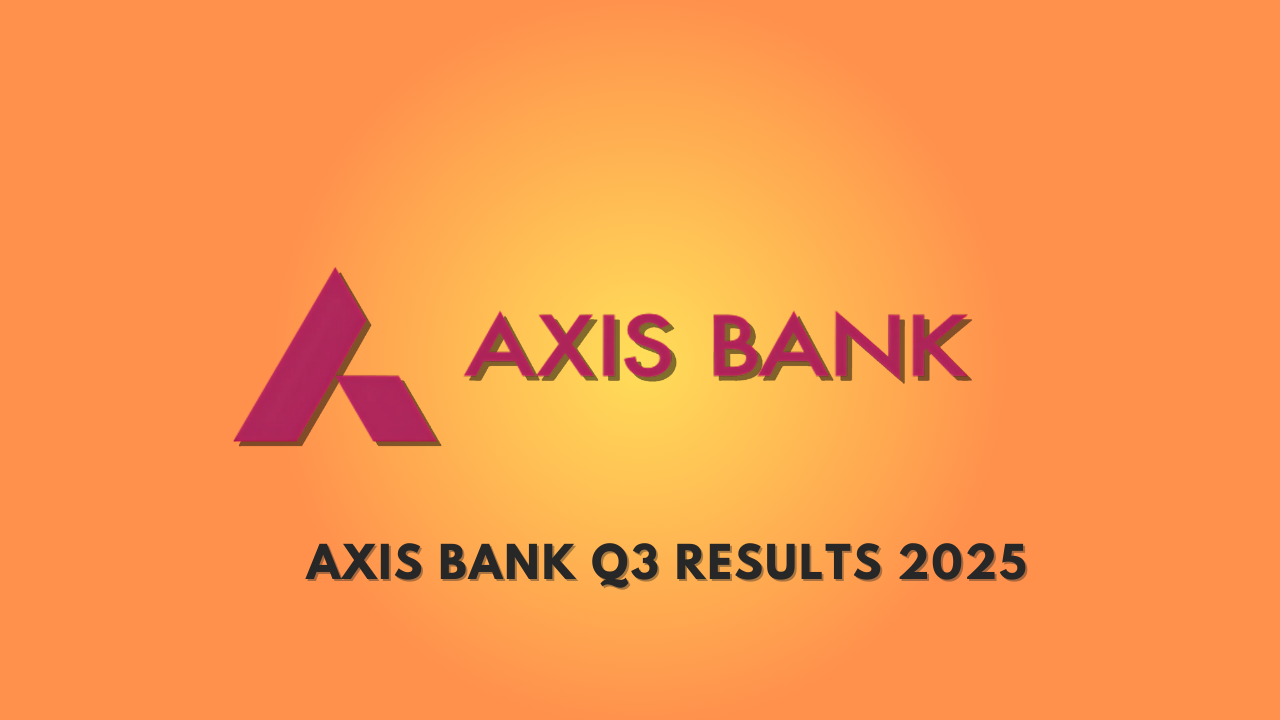AxisBank Q3 results: The stock of Axis Bank bore the brunt of disappointing December quarter earnings, going down nearly 5 percent on January 17. For investors, this can be an alarm bell, but it’s important to understand the context behind the drop and what it might signal for the bank going forward. In this post, we will dissect the highlights of Axis Bank’s performance, the market reaction, as well as if it’s a cause for concern for existing investors and those willing to invest.
The Stock Is Down: What’s Going On?
Shares of Axis Bank also slumped sharply on January 17, with a drop of 4.71 percent to end at Rs 991.25 apiece on the Bombay Stock Exchange (BSE). The stock touched a 52-week low of Rs 974.45 during the day, which led to a panic situation among investors. On the National Stock Exchange (NSE), shares also closed 4.43 percent lower to Rs 992, slipping to Rs 974.60 at the lowest.
The tug of war in the bank’s share price was spurned by the bank’s most recent quarter earnings, which were below market expectations. While net profit showed a small boost, the results were marred by slower loan growth both on a year-on-year and competitive basis, asset quality, and credit cost increments, amongst other factors. Those factors contributed to an air of uncertainty about the bank’s future direction.
Asset Quality Deteriorates but Profits Remain Robust
We will begin with the net profit. Axis Bank, however, did post a 4 percent rise in its net profit for the December quarter at Rs 6,304 crore. That sounds like good news, really, and on the surface, it shows that the bank managed to grow its profit even when conditions were tough. But the underlying issues told a more complicated story.
Asset quality, particularly in the retail segment, was also a key concern. The bank’s gross slippages in the quarter were substantial at ₹5,432 crore, with a bulk—₹4,923 crore—related to retail loans, including unsecured lending and agricultural loans. Also, this increase in slippages is concerning and could lead to more non-performing assets (NPAs), which would have long-term consequences for the bank’s profits and financial fitness.
Asset quality in layman terms is the proportion of loans collected by the bank from borrowers. An increase in slippages indicates that more customers have defaulted on their loans, which weighs down on the bank’s bottom line and reduces its ability to lend at competitive rates.
Loan Growth SlowsWhat It Means for the Bank
Axis Bank also posted slower loan growth in the quarter, growing by only 9 percent for the October-December period. It is a large drop from previous quarters, and it shows the conservative stance the bank has adopted when it comes to lending.
This slowdown, which the executives at Axis Bank described as a “deliberate call” given increased indebtedness in some borrower segments, was also being witnessed by other lenders. Basically, the bank is tightening its lending standards for consumers, particularly in retail segments where loan defaults are more likely. The bank also pointed to weak GDP growth and macroeconomic variables as reasons behind slower repayments from its borrowers.
While this phlegmatic approach is prudent from a risk management perspective, it also means the bank is forgoing the sort of robust loan growth that spurs fatter profits in the banking business. Consequently, slower loan growth along with asset quality pressures resulted in disappointing outcomes, particularly against the larger market expectations.
What Key Metrics Tell Us About This Company?
Now, going further and looking at Axis Bank’s financials, here are a few key metrics to look at:
Core Net Interest Income (NII): Axis Bank’s core NII grew 9 percent YoY to Rs 13,483 crore for the quarter. The glimpse is encouraging, although it also shows that the bank’s lending activity remains on the slower end of the spectrum, a weak spot because normally NII growth would trend higher with higher loan growth.
Net Interest Margin (NIM): NIM at Axis Bank contracted by 8 basis points Y-o-Y at 3.93 percent. 900 million, down from 900 million a year earlier, on margin declineA reduction in NIM suggests a struggle for the bank to be able to hold the gap between the interest that it receives on loans and the interest that it pays to depositors). Such pressure on margins could lead to lower profitability in the future.
Credit Costs: The credit cost ratio for Axis Bank rose to 0.89 percent from 0.67 percent in the preceding quarter. That means the bank is adding more reserves to make up potential loan defaults, which is a sign it’s preparing for more pain in its loan book.
What the Market Did (and Why Didn’t It)
The stock market is often driven by hopes. When companies report earnings that miss these expectations, those stocks can tumble steeply as investors reassess the outlook for the business. For Axis Bank, however, weaker-than-expected earnings and an increase in credit costs unnerved investors, leading to a massive drop in share price.
But let’s put this in perspective. One quarter, even a disappointing one, does not have a long-term trajectory for the bank to make. But concerns over a lack of clarity on how long these trends would last appear to have weighed on investors.
What’s Next for Axis Bank?
If you are a current investor or are considering buying shares, you want to consider the long-term prospects. Axis Bank is a significant player in the banking landscape of India, and its strong fundamentals have not changed even as it takes a short-term hit. But it will have to weather some tough challenges, including:
Overcoming Challenges of Asset Quality: In order to regain the trust of investors, Axis Bank will have to manage the upward trajectory of gross non-performing assets (NPAs), particularly in the retail segment of its lending portfolio.
Sluggish Loan Growth: Although a prudent lending strategy may be prudent, the bank must also strike a balance between risk mitigation and revenue expansion.
Macroeconomic Factors: The performance of Axis Bank is significantly impacted by the overall economic environment, such as GDP growth and interest rate fluctuations. “Any improvement in these areas could buoy the bank’s performance in coming quarters.”










